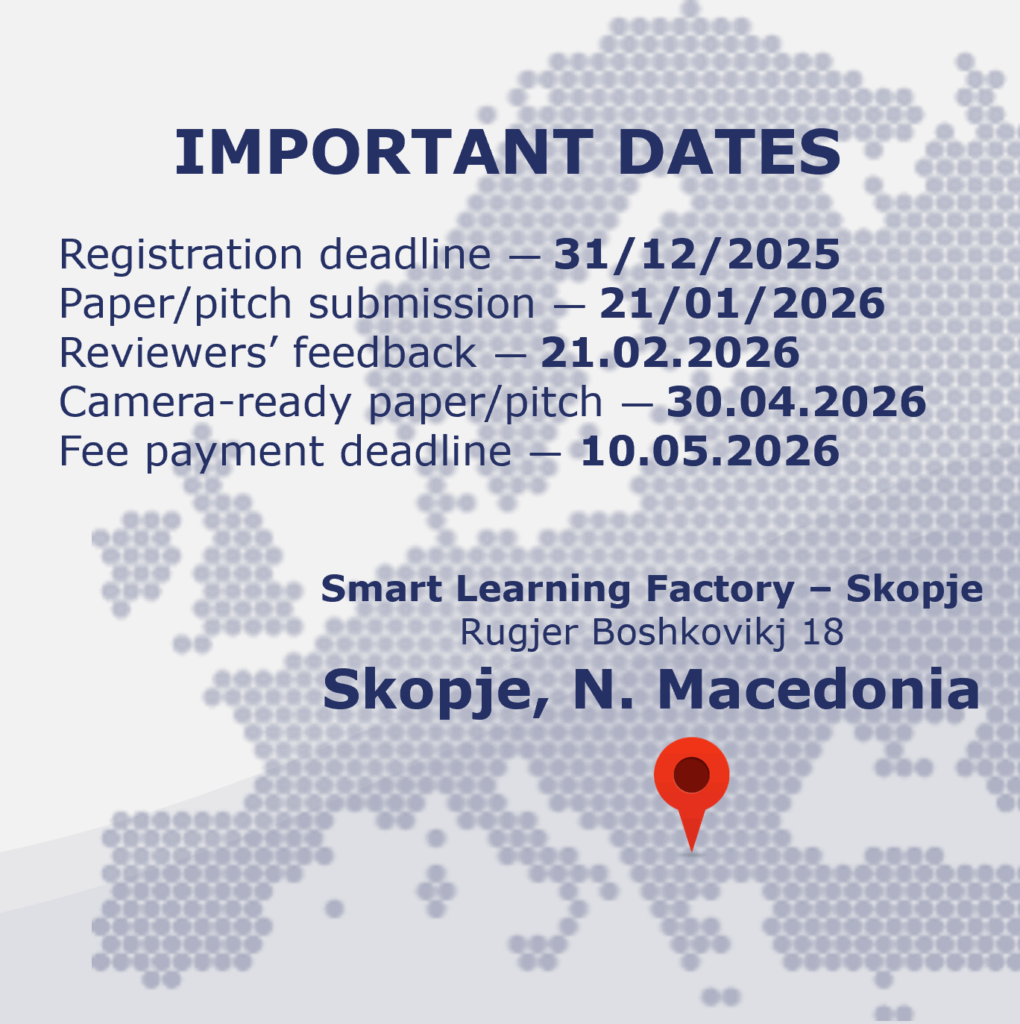The Smart Learning Factory – Skopje is a catalyst for the application of modern Lean and Industry 4.0 technologies in the Macedonian industry.
CONSULTING
SLFS is imagined as a catalyst for the application of modern trends in the Macedonian industry. Therefore, the creation of projects in a real environment, with a real organization is actually the crown of the functioning of SLFS. Some previous research already clearly shows the need for such activities. In such projects, the tools, methods, and methodologies of industrial engineering and management are used, in general, but again with an emphasis on Lean 4.0.
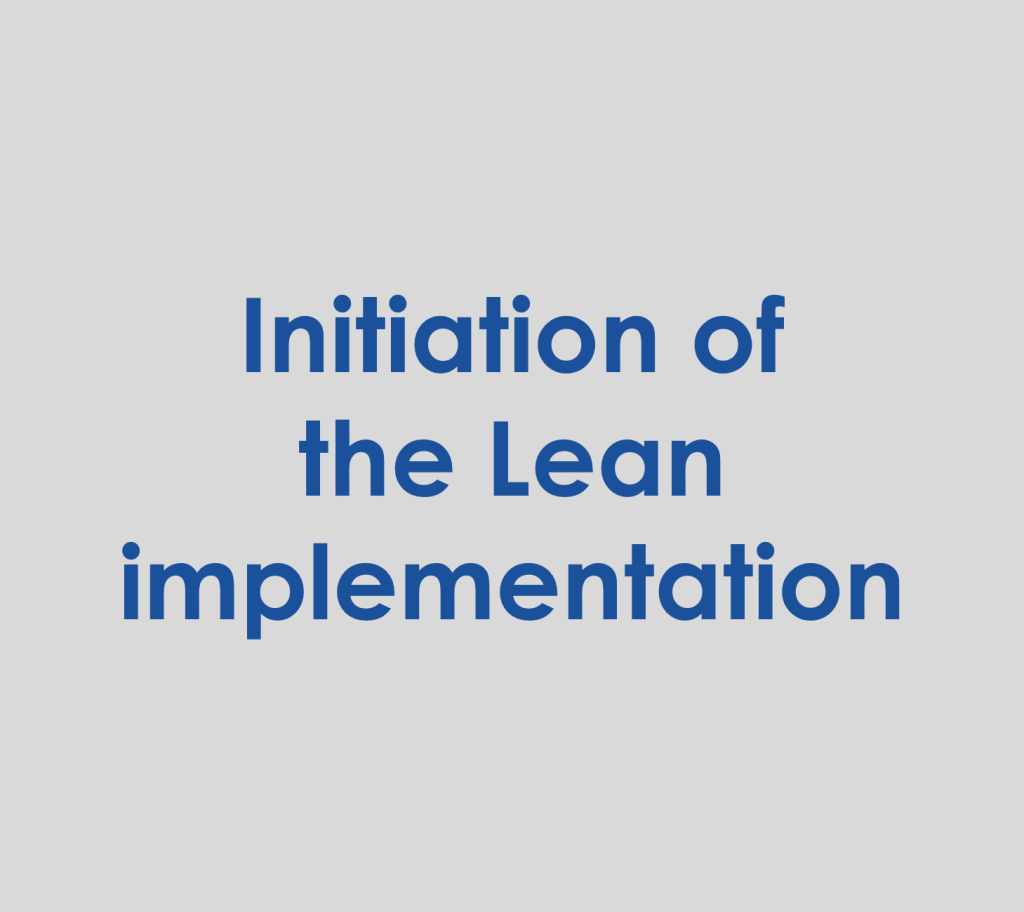
BENEFIT FOR THE USER — Facilitating an easier initial introduction of Lean, which would create a working environment that would further be able to develop and maintain the system on its own.
SHORT DESCRIPTION — Lean implementation is a long-term activity. Therefore, the success of the approach is related to several prerequisites, such as systematicity, a change in the work culture, focus on certain aspects, etc., which should be taken into account at the very beginning in order to fulfill the previously mentioned main goal.
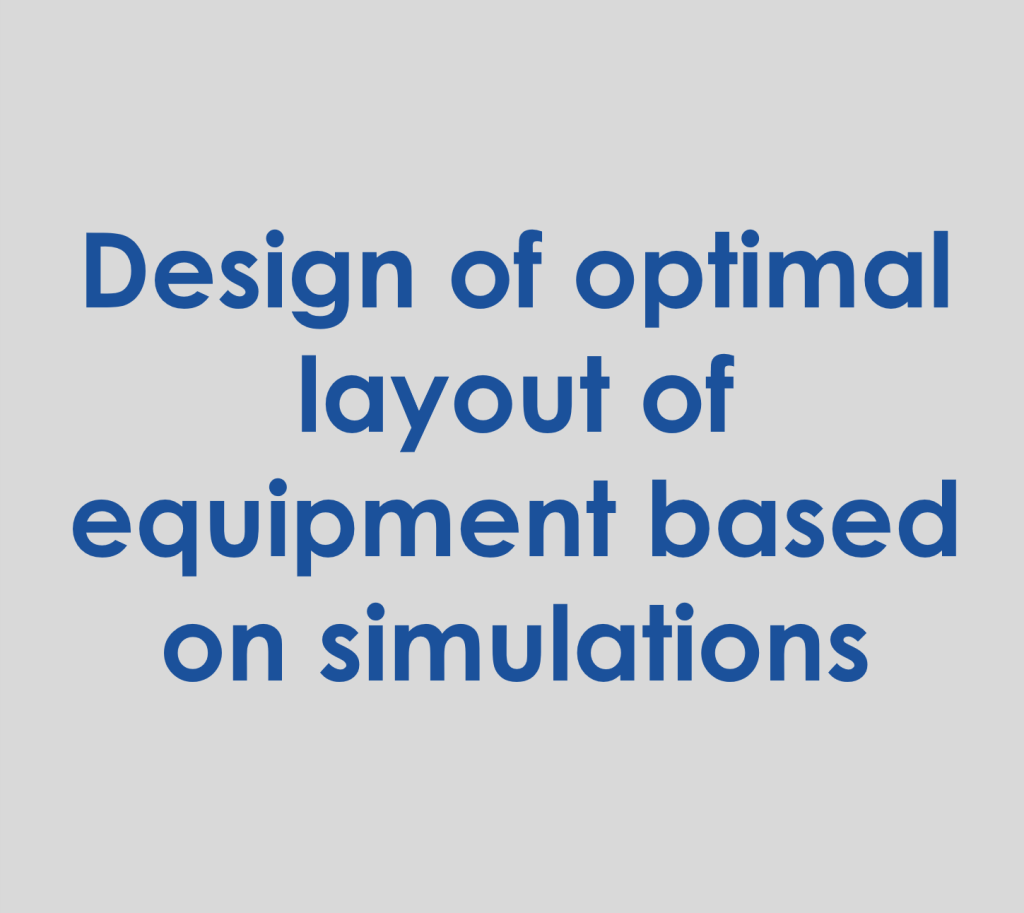
BENEFIT FOR THE USER — Ensuring a minimum material flow, which would result in a reduction in transport costs and cycle time (which also implies a shorter delivery time).
SHORT DESCRIPTION — Material flow analysis is the basis of this project. It entails an analysis of the production program, processing technology and many other aspects of the organization’s operations. Finally, several scenarios are defined with simulation tools accompanied by their investment costs and their benefits. Based on this review, the optimal layout of the equipment is selected.
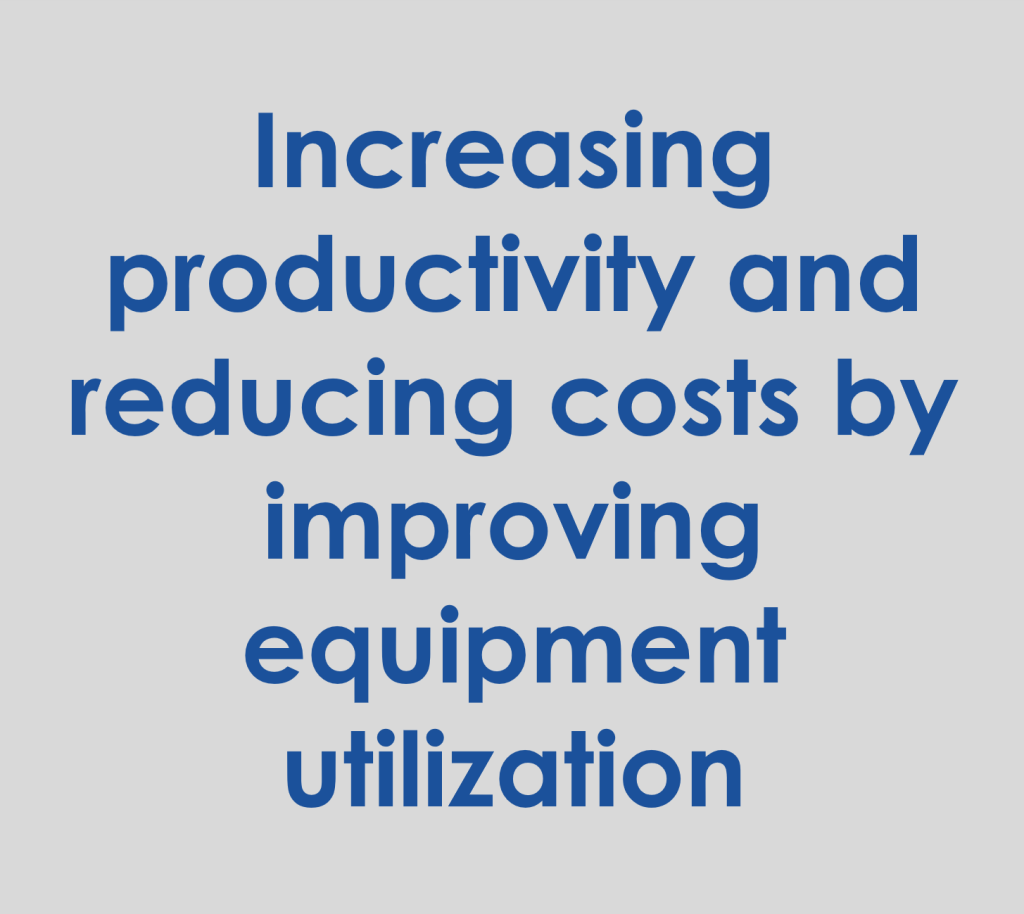
BENEFIT FOR THE USER — Overcoming downtime, which would result in increased equipment utilization.
SHORT DESCRIPTION — Material flow analysis forms the foundation of this project, encompassing an examination of the organization’s production program, processing technology, and other operational facets. By utilizing simulation tools, equipment downtime, and its underlying causes are identified, paving the way for subsequent analysis and scenario development to address these gaps. Each scenario is accompanied by its associated investment costs and benefits. Through this assessment, the optimal scenario for enhancing productivity is determined. Of particular interest are machines that are expensive and reach the level of maximum utilization, thus turning into potential bottlenecks in the operation.
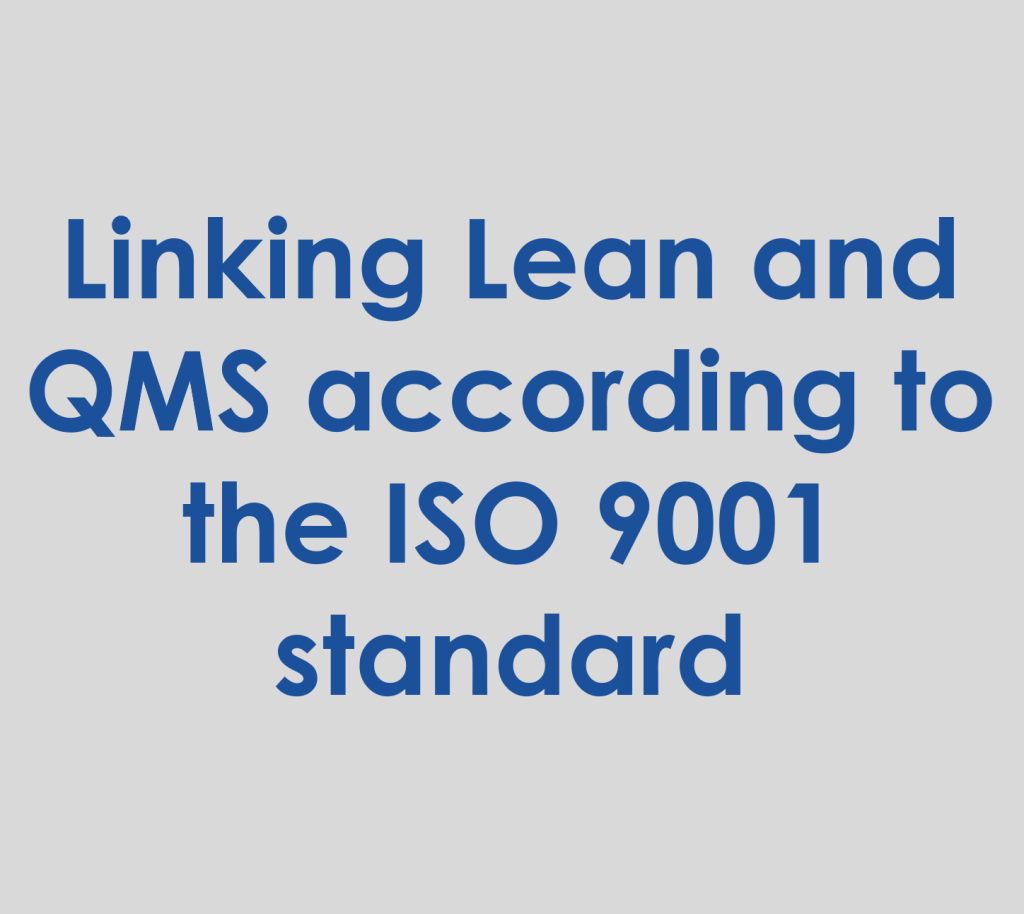
BENEFIT FOR THE USER — Creating an integrated system that will meet the requirements of the ISO 9001 standard, but will also enable the application of Lean principles and methods.
SHORT DESCRIPTION — The lack of connection between the two approaches usually leads to serious problems related to the loss of resources (time, money, etc.). Although there is no universal template for making the connection, there is a consensus among researchers that these two approaches are more than compatible. The final solution is reached through a detailed analysis of the organization’s processes, the quality management system according to the ISO 9001 standard, and the current activities related to Lean.
Such a project is of particular interest for organizations that only have activities in one approach, and plan to introduce the second (for example, the organization has introduced a quality management system according to the ISO 9001 standard and plans to start activities for the introduction of the Lean philosophy).

PROJECT PROPOSAL — Increasing productivity and reducing costs by improving worker utilization
BENEFIT FOR THE USER — Optimizing the activities of the workers.
SHORT DESCRIPTION — This entails a detailed analysis of processes and jobs. The design of the jobs is crucial for achieving the set goal. The recording of the state of the selected workplaces should give an account of the unnecessary movements, which would be eliminated after appropriate analysis and steps taken, which would lead to the desired reduced costs, through increased utilization of the executors.



